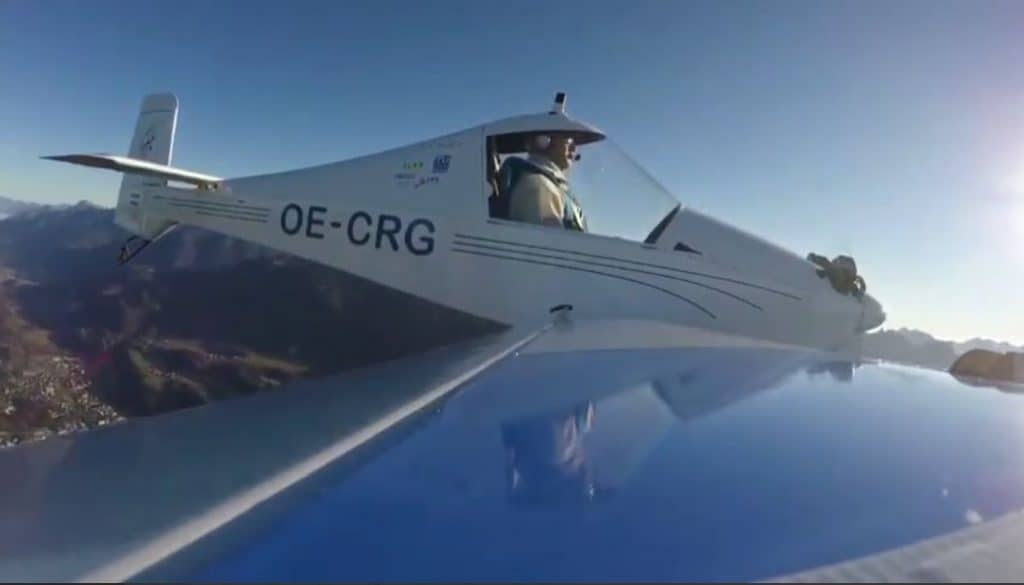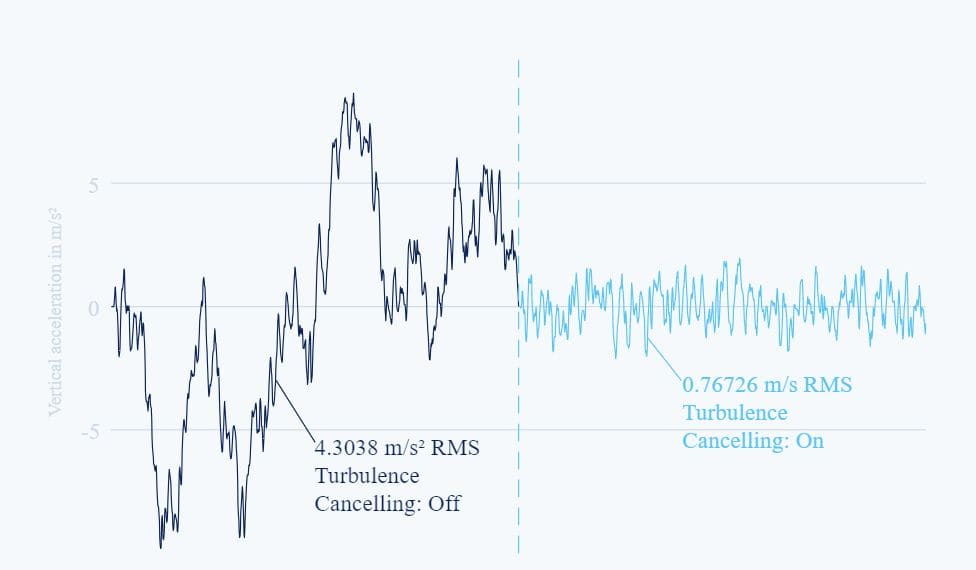Groundbreaking AI Solutions Set to Diminish Aviation Turbulence by 80%
Turbulence, characterized by its unpredictable airflow causing erratic altitude or angle shifts in aircraft, can be quite dangerous. Statistics from 2009 to 2021 reveal that 30 passengers and 116 crew members sustained serious injuries linked to turbulence out of the millions who take to the skies annually, as reported by the Federal Aviation Administration. The FAA categorizes serious injuries as those necessitating hospitalization for over 48 hours, or injuries that produce fractured bones, significant muscle or tendon damage, harm to internal organs, or severe burns.
Increased instances of turbulence may arise due to climate change, and one particularly perilous type is clear-air turbulence. It typically offers no visible indicators and can manifest when pilots have not activated the seatbelt sign. By 2050, pilots globally could face at least double the amount of severe clear-air turbulence.
While there are ongoing efforts to forecast and circumvent turbulence, complete avoidance isn't always achievable. Unexpected turbulence can still surface, especially during severe weather events like thunderstorms or when navigating through jet streams .
Turbulence Solutions is leading a charge in aviation AI technology aimed at alleviating passenger discomfort caused by turbulence during flights. Their innovative system, aptly named “ Turbulence Cancelling significantly reduces the turbulence effects felt by passengers by over 80%.

The system integrates seamlessly into the overall flight dynamics, considering a wide array of factors beyond just the moments at the wing's root. This includes vertical acceleration, pitch adjustments, roll dynamics, and wing flexing. The effectiveness of this innovation has been confirmed through live flight assessments, showcasing its positive influence on the overall flight experience.
The mitigation of turbulence is achieved by continually adjusting the wing's shape and forecasting turbulence using various pressure sensors.

Another central feature is Turbulence Load Prediction, which equips the system to foresee turbulence encounters, enabling timely compensation adjustments. This capability can be achieved through pressure sensors or Wind Lidar technology.
Turbulence can also pose risks to aircraft safety, with approximately
- 65,000 flights experiencing moderate turbulence annually, while around 5,500 flights endure severe turbulence. The repercussions linked to turbulence, including damage, operational delays, and injuries, can result in costs reaching up to $500 million each year for airlines. Please be aware that the details provided on this page are not meant to serve as legal, financial, investment, or any other form of advisory. It's crucial to invest only what you can afford to lose and seek independent financial guidance if needed. For more information, we recommend reviewing the terms and conditions as well as the assistance and support sections made available by the issuer or advertiser. MetaversePost is dedicated to delivering accurate and impartial news, but the market conditions can shift unexpectedly.
Disclaimer
In line with the Trust Project guidelines Damir leads the team, managing product development and editorial oversight at Metaverse Post, focusing on topics surrounding AI/ML, AGI, large language models, the Metaverse, and Web3 sectors. His writing captivates a vast audience, drawing in over a million readers each month. With a decade of experience in SEO and digital marketing, Damir has been featured in prominent publications like Mashable, Wired, Cointelegraph, The New Yorker, Inside.com, Entrepreneur, BeInCrypto, among others. As a digital nomad, he travels across the UAE, Turkey, Russia, and the CIS. Damir holds a bachelor's degree in physics, which he believes has equipped him with essential analytical skills to thrive in the fast-evolving digital landscape.







